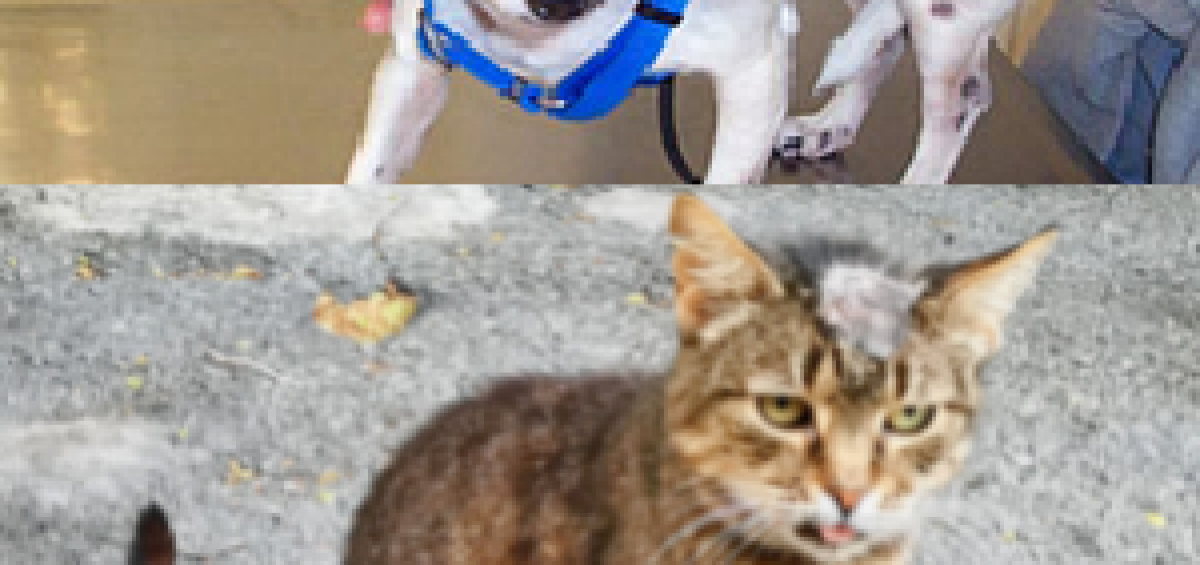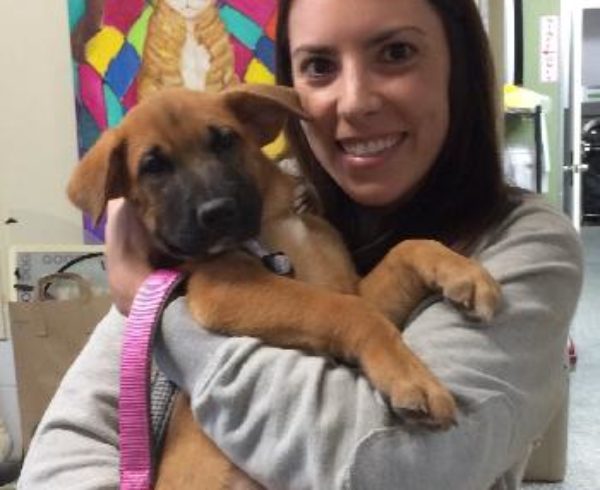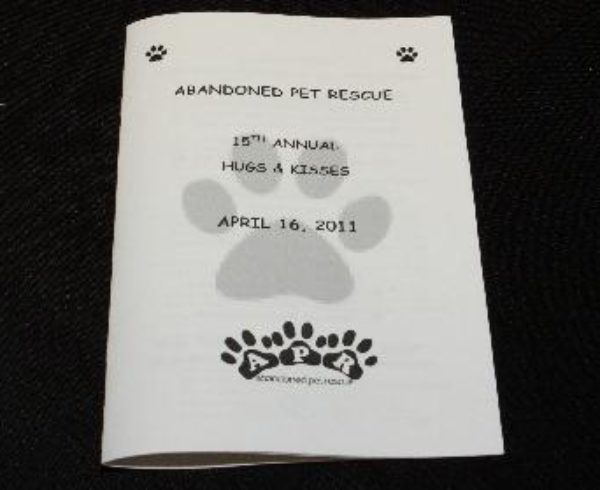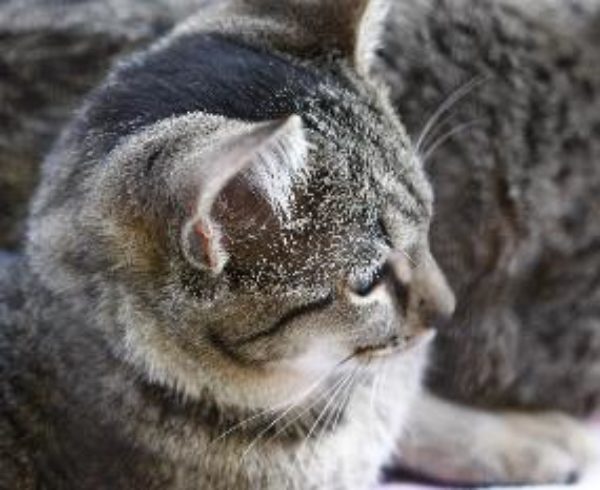Ringworm is a common skin infection in both dogs and cats. The name is a bit misleading since ringworm is not caused by a worm but by a common fungus found everywhere in the world. And, many times, the infection is not ring-like at all but can take on a variety of appearances.
Ringworm infection, or dermatophytosis, can spread from pets to their human companions. The good news is that ringworm rarely causes serious problems in animals or their people, and it is both treatable and preventable. As pet owners, it’s important to know the common signs of ringworm infection as well as understand the facts about this disease.
Ringworm isn’t just one fungus
Several species of fungi can cause ringworm in pets. In dogs and cats, the majority of cases are caused by Microsporum canis. Microsporum gypseum and Trichophyton mentagrophytes are responsible for the rest.
Infected pets are generous and like to share with others
Infected pets can transmit ringworm to people or other pets. There have even been reports of cows, goats, pigs and horses passing ringworm to people!
Many studies have shown that children are most likely to get ringworm from a pet, due to a combination of closer contact with their pets and hygiene.
Pocket pets also can get ringworm, with Trichophyton entagrophytes responsible for almost all documented cases. Known species infected include guinea pigs, gerbils and hamsters.
The literature is sparse about potential transmission between pocket pets and dogs and cats but given that the most common organisms responsible differ between species, it’s unlikely transmission occurs.
Some breeds of cats and dogs may be more susceptible
Although there is no sex or age predisposition to infection, Persian, Himalayan and Rex cats, and Yorkshire and Jack Russell terriers, are overrepresented in published studies looking at the dynamics of ringworm infections.
Although ringworm fungi are everywhere, there are conditions that predispose a pet to infection
These include:
- Dogs used for hunting and working dogs
- Stress and concurrent illnesses in adult animals
- Overcrowding and unsanitary conditions in the home
- Microtrauma to the skin for any reason
- Group housing situations
Interestingly, in cats, many studies have shown that infection with feline immunodeficiency virus (FIV) or feline leukemia virus (FeLV) alone does not increase risk of disease.
Skin lesions mimic other diseases
A good medical history for your pet can help your veterinarian make a diagnosis of ringworm. Skin abnormalities in a newly acquired pet, especially if accompanied by skin lesions on a pet owner or other member of the household, are common historical findings.
Common physical examination findings include:
- Areas of hair loss
- Areas of scaling and crusts (in cats it can take the appearance of cigarette ash)
- Broken hairs
Itchy skin is not a common feature in cats and dogs but can occur.
Some infected cats and dogs have no clinical signs but can spread the disease to other pets. Your veterinarian might advise testing asymptomatic pets sharing an infected pet’s space, particularly if the disease recurs.
Unfortunately, similar signs are seen with other common skin diseases of cats and dogs, such as superficial bacterial skin infections, mites and allergies. Additional testing is needed to sort through all these potential diagnoses.
Diagnosis requires specialized tests
Once a veterinarian suspects a pet might have ringworm based on history and physical examination, a few specialized tests are needed to confirm the diagnosis.
One common test is to use a specialized type of UV light called a Wood’s lamp. M. canis glows when exposed to the particular wave-length of UV light produced by a Wood’s lamp.
Another test that your veterinarian can do in their clinic is examination of hair and skin under the microscope. Studies suggest that 85% of ringworm infections, regardless of which type of fungus is present, can be confirmed this way.
In cases where a diagnosis is not confirmed by either of these tests, a fungal culture is needed to definitively diagnose ringworm. Results can take from a few days up to four weeks.
Treatment includes both the pet and the environment
Although the vast majority of ringworm infections resolve on their own, most veterinarians recommend treatment to decrease duration of infection and to reduce the chance of spread to other pets and people.
Therapy for pets includes topical therapy and oral medication. There are lots of treatment options and your veterinarian will work with you to decide which medications are best for your pet.
Diligent and thorough environmental decontamination is a crucial part of treatment. Without adequate cleaning, reinfection can occur and the disease can spread further. Your veterinarian will work with you on specific measures but keeping areas hair-free, washing areas frequently, deep cleaning carpets and washing a pet’s bedding daily are essential. Many owners find it easier to keep an infected pet in an area that is easy to clean. However, simply keeping a pet in a kennel is not recommended.
Many pets respond to treatment quickly, sometimes within a week or two. Your veterinarian can monitor therapy using a Wood’s lamp or fungal culture. Most pets are completely cured in four to eight weeks.
The good news is that almost all pets and people recover completely with no long-term effects. People who have any skin lesions they think could be ringworm should seek advice from their doctor about treatment.
Recurrent or lingering infections are usually due to treatment failure, either through inadequate duration of therapy or failure to properly decontaminate the environment.
Is prevention possible?
Although it can be difficult, there are steps pet owners can take to prevent an infection from getting a foothold in their house. Having a thorough physical examination, including a Wood’s lamp evaluation, on all new pets can help. Isolating new pets added to a home (but again, not kenneling them) can help not only prevent ringworm from spreading but also allow time to detect other diseases. As always, practicing good hygiene when interacting with a new pet is essential.
Thanks to the Morris Animal Foundation

















